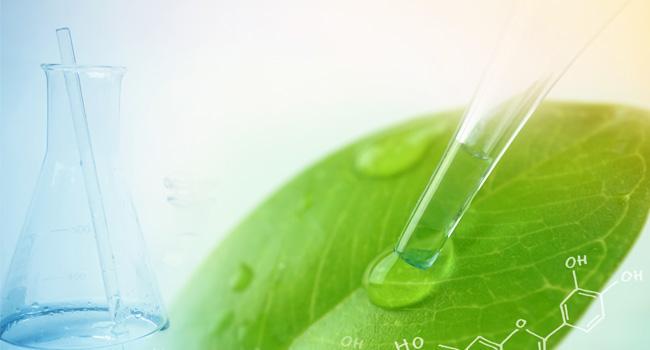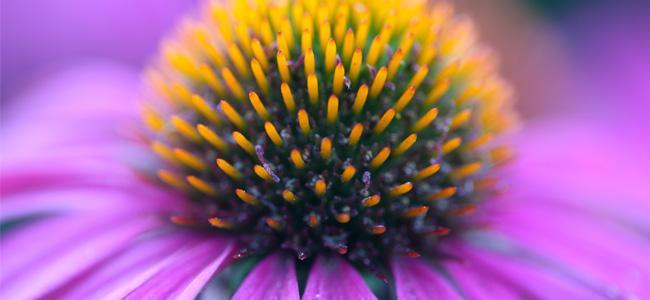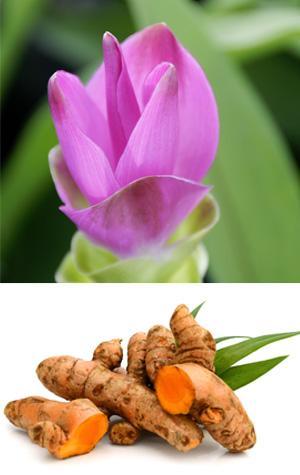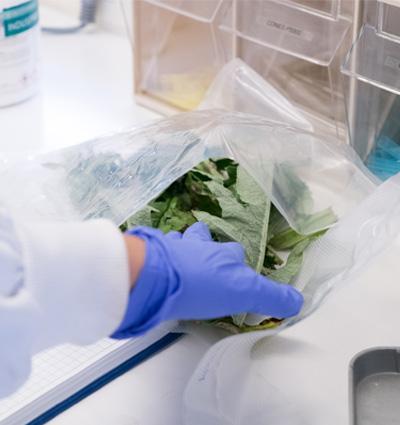It makes sense to control the medicinal action of a plant by concentrating the compounds that cause the action.
By learning more about the properties of plants and isolating their compounds, we have made great progress in terms of accuracy, repeatability and power of action.
However, this approach does not make allowance for the molecular complexity of plants. Some of their pharmacological and medicinal properties are not produced by just one or two substances, but several hundred compounds which act in synergy to produce the effects that the plant is traditionally used for.

Hundreds of substances known to be active
There are two types of essential ingredient which contribute to the properties of medicinal plants:
- compounds which have their own pharmacological action: these are the active ingredients
- and compounds which do not have their own pharmacological action but which can modulate the effect and tolerance of active ingredients inside the body and improve the way they are assimilated: these are called useful ingredients.
This complex combination of compounds can produce different medicinal properties than those obtained by selectively extracting only certain parts of the plant.
The totum: why 1 + 1 = 3
All of a plant’s active and useful ingredients together make up what we call the totum. Generally, none of the molecules taken separately can reproduce the effects of the original plant.
In other words, when it comes to phytotherapy, 1 + 1 = 3 … or greater! The whole of the plant (or the whole of the selected plant part) is greater than the sum of its parts.

Hence, we can choose to only use a small part of a plant’s compounds, in which case we opt for the partial extraction of certain active ingredients, or to use an extraction process which is able to harness all the ingredients of the plant (the totum).
Partial extraction can isolate active ingredients – which can be useful for separating them from other potentially toxic substances in the plant, such as the andrographolides contained in andrographis – and/or concentrate them to enhance their action (like the curcuminoids found in turmeric). This can be considered as ‘molecular phytotherapy’, which is similar to allopathic medicine in the way it uses synthetic compounds.
The totum is used to harness all the plant’s active ingredients in order to obtain the maximum benefit of its medicinal action.
This requires special manufacturing processes which can extract and collect all the plant’s ingredients and keep them intact.
Sources :
- Jacques Fleurantin (2013) Du bon usage des plantes qui soignent. Published by Ouest-France.
- Eric Lorrain (2019) Grand Manuel de phytothérapie. Editions Dunod.
- Jean-Pierre Théallet (2016) Le guide familial des plantes qui soignent. Published by Albin Michel.
- Laetitia Bonifait, Daniel Grenier. Les polyphénols de la canneberge : Effets bénéfiques potentiels contre la carie dentaire et la maladie parodontale. J Can Dent Assoc 2010;76:a130_f
- Site de la Société international de médicine endobiogénique et de physiologie intégrative : https://www.simepi.info/spip.php?article57


